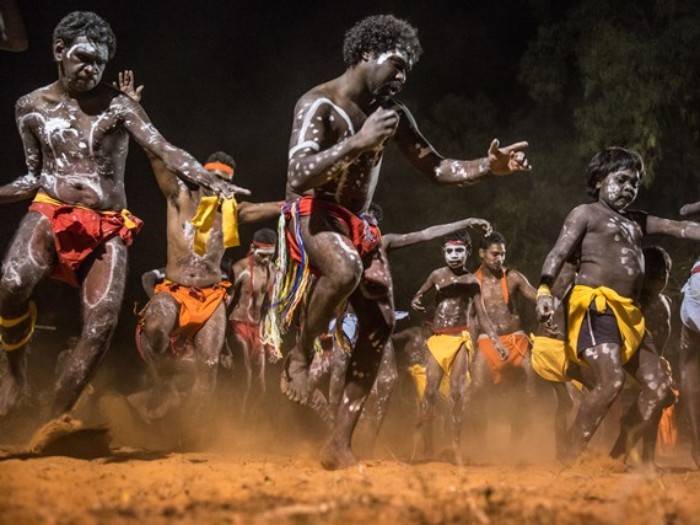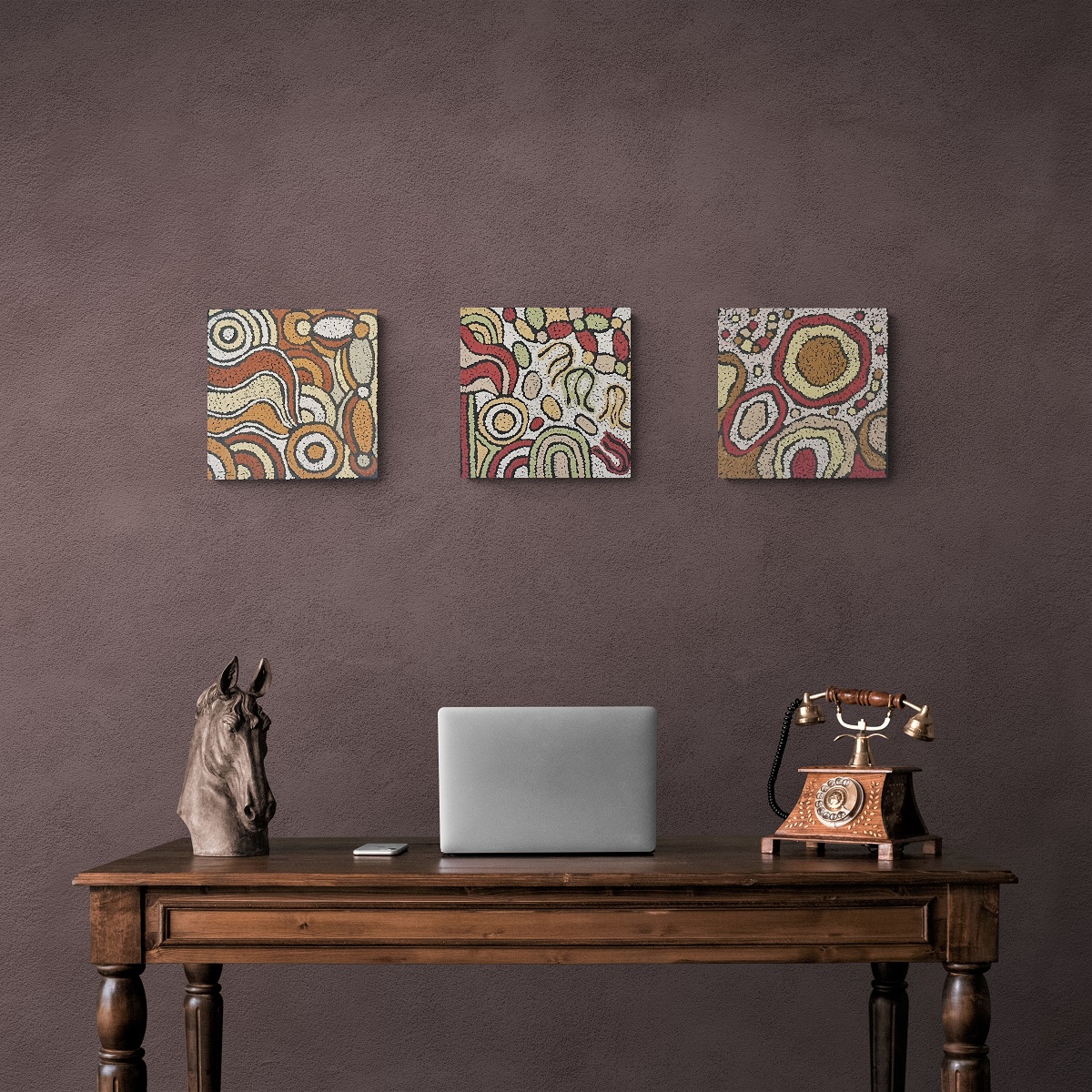
Culture

One Aboriginal man explains it as:
’These Dreaming creatures were connected to special places and special roads or tracks or paths. In many places the great creatures changed themselves into sites where their spirits stayed. Aboriginals have a special connection with everything that is natural. Aboriginals see themselves as part of nature … All things on earth we see as part human. It is true that people who belong to a particular area are really part of that area and if that area is destroyed they are also destroyed.’
Traditionally, there was no written language for Australian Aboriginal people. They passed on information to preserve their culture and future through storytelling. Storytelling played, and still plays, a vital role in Australian Aboriginal cultures. Children were told stories from a very young age, that help them understand the land, their culture and their history. These stories are still passed on and are seen as not only a cultural necessity today but also as entertainment.
Traditionally Aboriginal people told their stories by drawing them on rock walls, telling them in ceremonial events through body paint and just as important by using the sand and soil. Art is connected to story and song which then creates a space to help to pass knowledge from generation to generation. The use of symbols can be seen through all of these practices. Aboriginal Art on canvas only began about 40 years ago. Since the early 1970s Aboriginal Art has become Australia’s largest visual art industry. It has been one of the great success stories of contemporary art.

